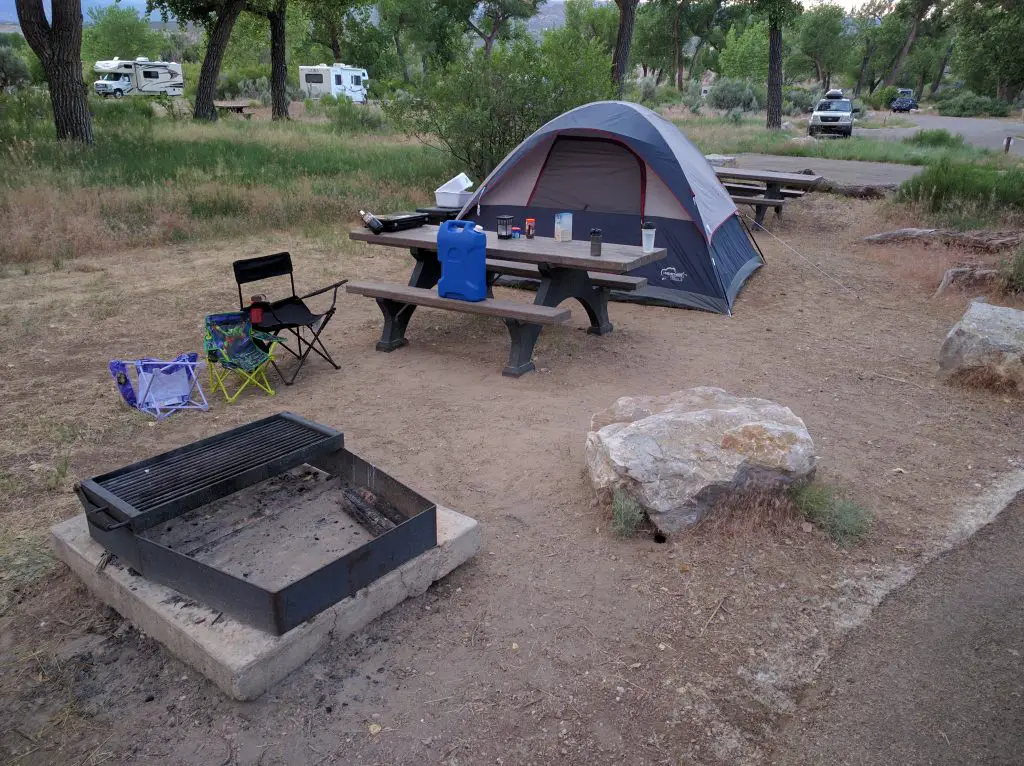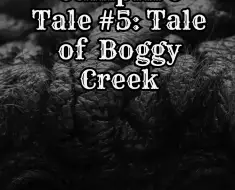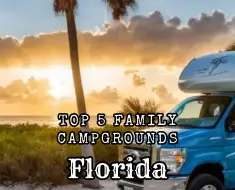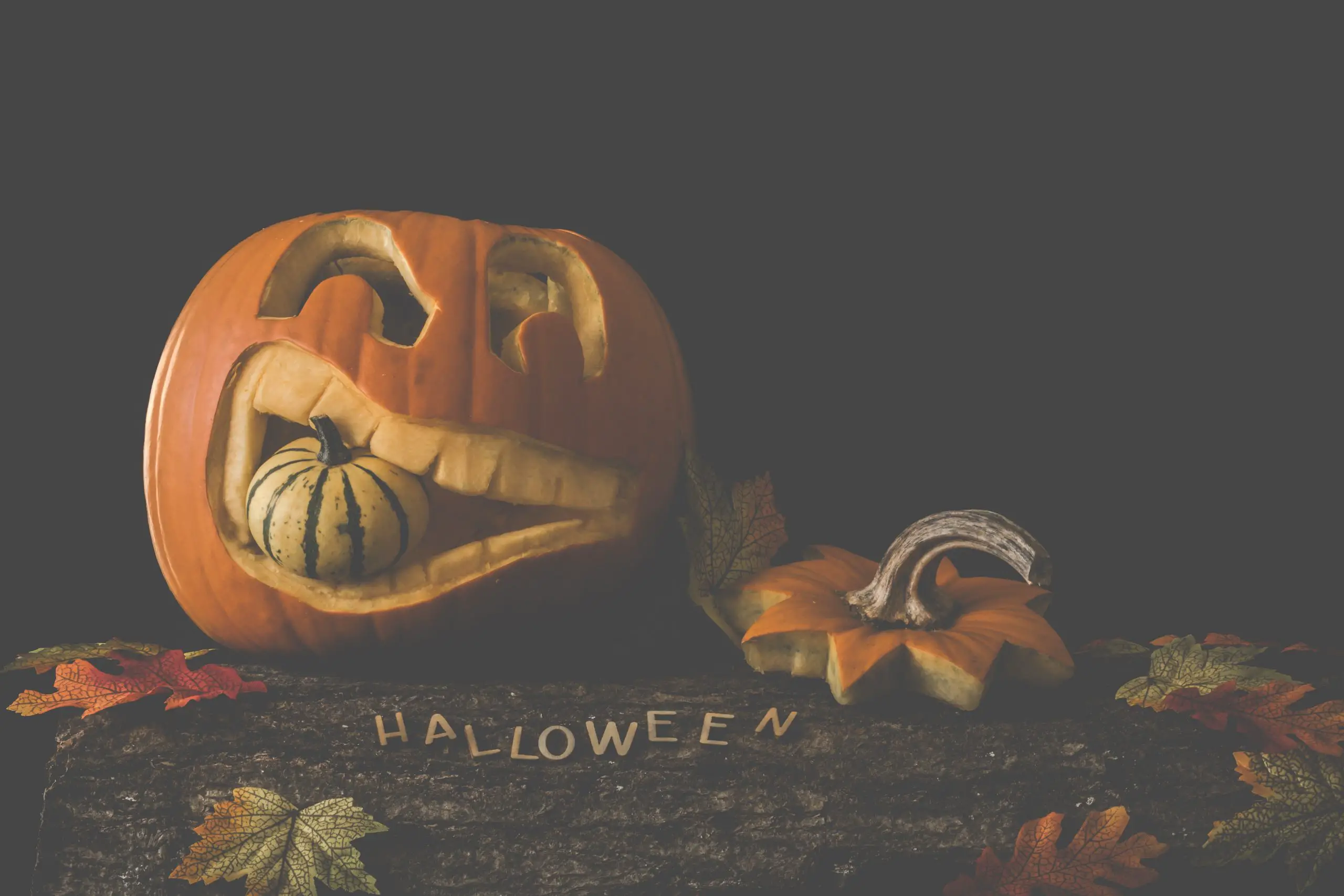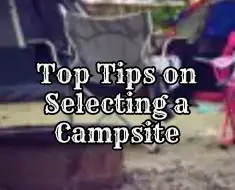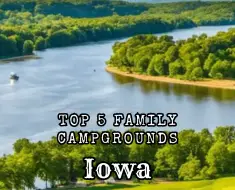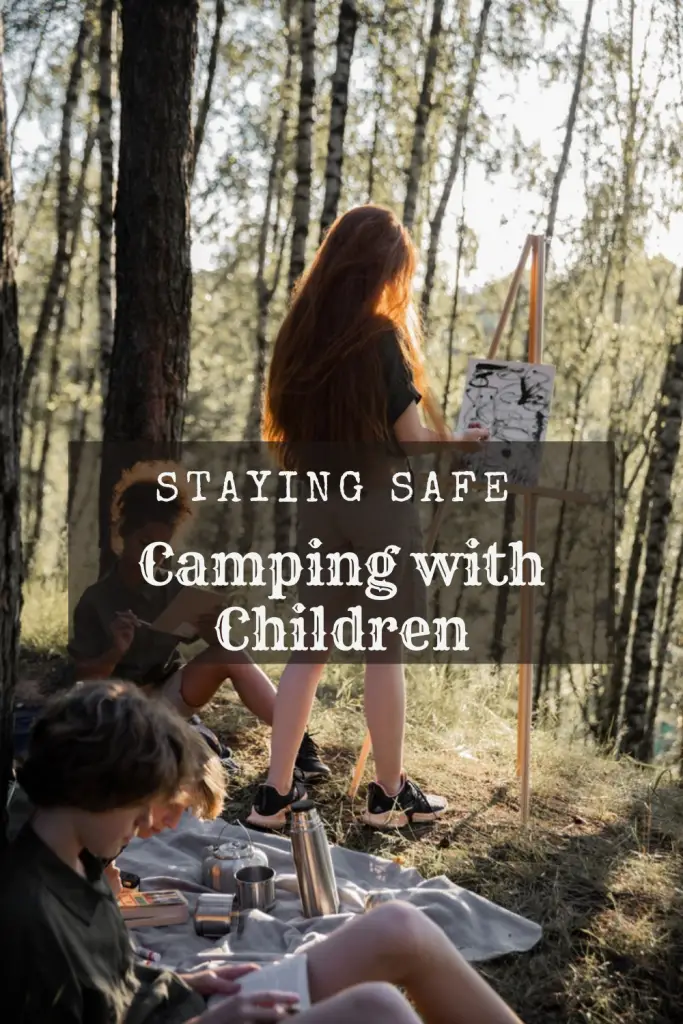
Camping is really nothing without the ability to spend time with friends and family. This means that you are likely looking to bring your children along with you. Camping with children can lead to some wonderful core memories and a skill set that is often lacking today. So if you want to get your children out camping and away from the screens then you need to know how to stay safe when doing it. The best way is to set boundaries and follow them! Camping, especially if there are kids around, could be quite a complicated activity. However, it doesn’t have to be. To make it less complex and safe, try to set some boundaries in and around the campsite. Advise your kid campers, what are the things they should do and not do with or without an adult. This coupled with the other camping with children staying safe tips below are sure to make your first and hundredth camping trips the best!
Camping with Children and the Buddy System
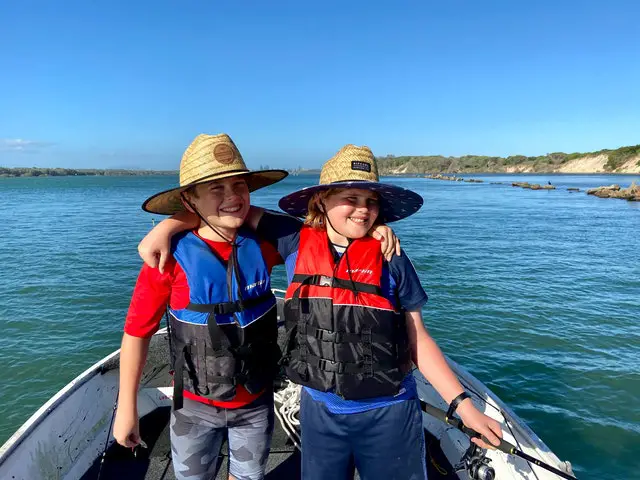
Knowing your buddy is one of the first things a scout learns. Before been heading out on camping trips, each scout knows who their buddy is. This isn’t just because the leaders don’t want to have to pay attention to the kids! In fact, it is a proven technique to ensure that if something happens there is someone else there who can help.
Usually, an effective method is requiring kids to always be with a buddy. This could be an assigned partner where one could check in on each other on where the other’s location is, or update the rest of the group of any location changes. With smaller children, like my family, we always make an adult and child buddy pair. However, as they get older and able to make more rational fact-based decisions we will allow them to pair up together. In any case, you should make sure that they carry a radio if venturing out of the line of sight from the camp. Kids, even…or especially with a buddy can still get into shenanigans!
Familiarize Yourself and Children with the Surroundings
After that long drive to the campsite, most children are going to want to hop out of the car and get to playing. Let’s face it driving to a campsite isn’t the most fun part of the trip! However, once your car or RV is safely in your spot you should take the first few minutes to jump out with children. Once you arrive at the camp, make sure that you and the campers immediately familiarize yourself with the surroundings.
The easiest way to do this is with the camp map. It will clearly outline where all the facilities are, the camp rules, and any trails. Try to take note of any noticeable landmarks that are around. Orient your family with the physical landmarks that are boundaries. For instance, corners in roads, bathrooms, campsite edges, playgrounds, camp stores, etc. Camping with children is easier when they have this clear boundary set with recognizable landmarks. Ensure that you have a line of sight with the boundary edges.
Campsite Etiquette
All camping requires some level of adhering to campsite etiquette and camping with children is no exception. One of these that is especially important is stressing the importance of not entering others campsites. Just like at home, you would not want your child to enter someone else’s home. While out camping your children should know and understand that it is not appropriate to cut through others campsites. Not only is it rude but it is a safety issue. Other campers may have animals or just be bad people themselves. Also, those other campers are not babysitters! So even when excited, playing games, or feeling lazy, children campers should take the designated paths to and from their campsite and camp amenities. Taking a peek at our other campsite etiquette rules will help set your whole camping experience up for success!
Whistle, Whistle, Whistle

At some point, your kids are going to get into situations where they may not feel safe. It seems that when camping with children they can be quite loud. However, during an emergency, it may not be the case that they can make as much noise. Especially if they are lost and in shock. In these instances, it is easier for someone, especially a child, to use a whistle. They can make noise without having to formulate words which may reduce the stress of the situation. Therefore, you should equip each camper, especially children, with their very own whistle.
Establish a code for specific situations that everyone could easily follow and heed. For example in my family, a whistle blown once means all is well. If they blow two times it means “Help!” When a family member whistles three times it mean “I am here.” Setting your own code will not only work in stressful situations but it will also allow you to easily communicate over long distances if the radio doesn’t work. The ear-splitting noise of a whistle can travel much further than a voice.
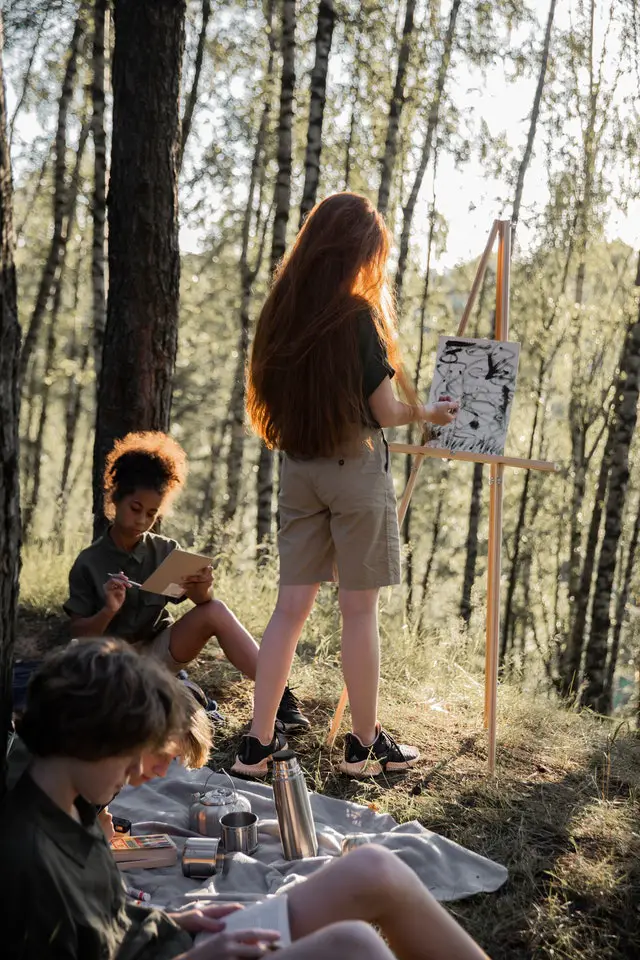
Color Your World
Children love to color. Well, I love to color too so this may be more than a camping with children safety item! Teaching your children color in nature when they are lost is a great way to help aid a search mission. Each of my family campers carries brightly colored tape in their pack. We all have our own colors so that they are easily identifiable. When lost this tape can be used to mark their trail. This has double use. First, it allows them to know whether they are doubling back on themselves. Second, it provides a means for search and rescue to identify the trail that they have taken.
Having a visual marker will help to shrink the search area and make finding them that much easier. There are variations to the tape as well. Also, using bright trash bags can pull double duty in emergency situations. For instance, if it is raining it could double as a poncho. Simply cut a slit at the bag’s top and have it pull through the head. Believe it or not, this plastic bag could serve as an effective albeit temporary protection that could keep a kid camper alive through the night. In any case, a small child can have a big presence by learning how to paint the trail that they have taken with colorful tape.
Make Use of High-tech Gear
Depending on how old and technically literate your child camper is you may be able to use some modern technology to help keep them safe. If you really want to stay ahead of nature, utilize modern technology through the following gear:
Laser Range Finder
Laser Range finders are now just as handy as radios. Though they were once large and difficult to actually use, today’s finders are light, user-friendly, and extremely accurate. Believe it or not, these can be very useful when coupled with a radio. That is because a child can quickly determine how far to a major landmark they can see. This can help you or a rescue party quickly pinpoint where they may be located.
GPS
Global positioning systems (GPS) have become ubiquitous in our lives. Especially since every cell phone is a tracking device! Unfortunately, if you are out camping more often than not you will not have a signal. Therefore, using a satellite-based GPS can give you and your children a tactical advantage to finding their way out of a sticky situation. While some GPS units are high-tech they are still easy to operate and very user-friendly. Some areas will be limited in coverage. If you are relying on a GPS make sure to bring along an old analog map and a compass. Knowing how to use a map is an important skill even for children!
Night Vision Goggles
Hopefully, your children can use these to safely play during the nighttime hours around the campsite. It can make them feel safe knowing that they can see just beyond the treeline. However, they can be just as useful for ensuring safety when lost. Nightvision goggles are now readily available. Though these are sophisticated, they are very easy to use, light-weight, are compact, and handy. Having a pair can give your child the edge in tag or survival!
Air Tags
Air Tags are a relatively new item that many people use to find their keys. You may have heard stories about people being tracked home by other nefarious people. This is an unfortunate use. However, it can also help to track your little ones while out in the wilderness. The tags are small and lightweight. They easily fit into a pack. Now I am not advocating tracking humans or children all the time. However, when out on a trail having a small trackable will could be the difference between freezing and being found. I do recommend that as your children get older teaching them orienteering skills is much more effective as they will be able to navigate themselves to a safe place.

All in all, using high-tech gadgets while camping out may be a bit difficult if you have no idea how to go about it. To avoid this, practice the use of the equipment and understand the instructions beforehand.
Prepare with Practice Backyard Trips
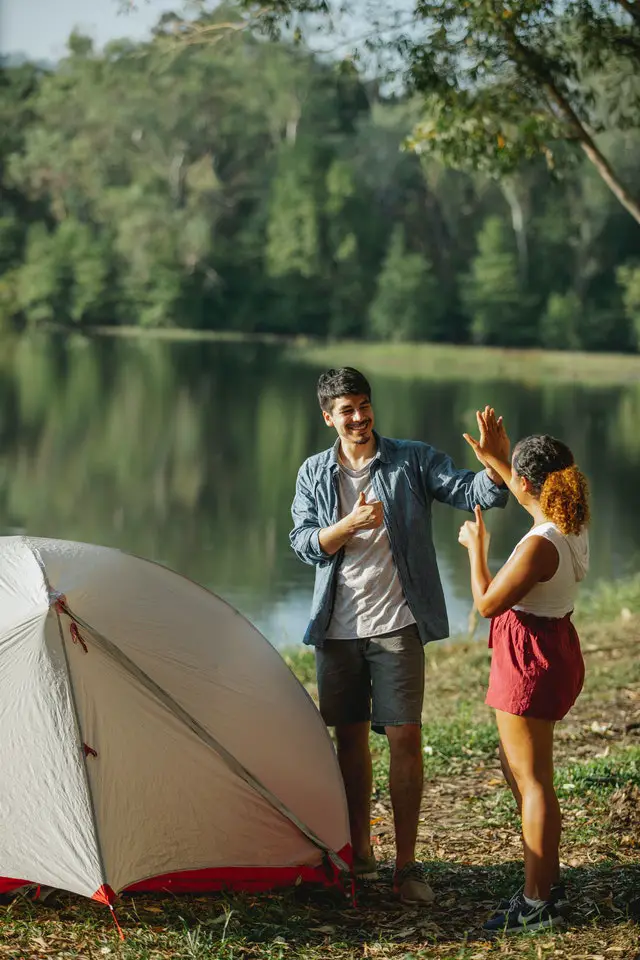
Practicing with your high-tech equipment is the only thing that you should be practicing! In fact, simply by taking a few test runs in the backyard will set you up for success when camping with children. This is because you can get them used to the tent and the sleeping arrangements. Not only that, but you will also be able to teach them how to use each of the tools that you are giving them. Practice setting up the tent together. How to find their way to landmarks on a map of your backyard. Even spend time showing them how to be safe around a campfire.
Find out how to be safe around a campfire now!
If you are space-constrained or do not have a backyard you can still practice! At the very least you can set up in the living room or in a bedroom. Now obviously you can’t practice with fire, but you can set up your tent and sleep inside. This may be the most comfortable with smaller children in getting them ready. Then when you wake up in the morning avoid using technology to the greatest extent you can. Head to a local park to practice hiking. Remember that even small walks around a block can help prepare you for hiking. So do not be afraid to practice, practice, practice even if you live in the city. The more you do at home, the better you will be at it when you get into nature!
Camping with Children Will be Fun!
Camping with children should be fun, and it will be if you follow some of these tips and tricks! Ample preparation adds to the enjoyment and lessens the stress. Making memories for your children and giving them valuable life skills is important. Being in nature and camping or hiking gives them opportunities for both skill development and memories. So if this is your first camping trip with your children, don’t be afraid. Instead, embrace the trip. Learn to set boundaries early in the trip. Finally, practice with them so that they know what to do and how to respond to keep them safe, but don’t forget those camp etiquette rules either!
Does your family have more camping with children preparation ideas or techniques? We would love to hear about them in the comments below, on our Facebook, or Reddit!

